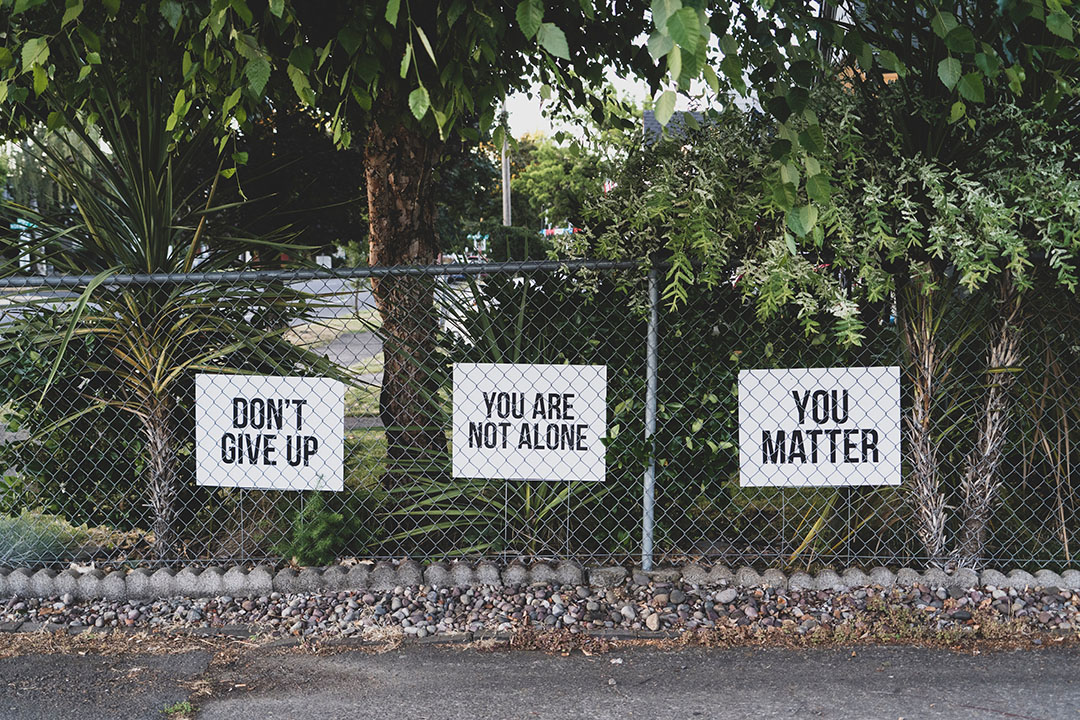Content warning: This article contains discussions of suicide and systemic inequities faced by Indigenous peoples in Canada.
In a recently published paper, Jeffrey Ansloos, assistant professor of Indigenous mental health, education, and social policy at U of T, and Shanna Peltier, a graduate student at the Ontario Institute for Studies in Education, strive to find a medium between the mainstream approach to suicide studies and Indigenous practices in an attempt to shift the focus of the work done around suicide prevention. Suicide rates are significantly higher in Indigenous communities as a result of many systemic barriers, and reducing suicide rates can’t be done without addressing those barriers. The goal of Ansloos and Peltier is shifting the objective from simply reducing deaths to enhancing the quality of life among Indigenous populations.
In their paper, Ansloos and Peltier reinforce the idea that “engaging with Indigenous knowledge should not reiterate colonial power dynamics through capitalist appropriation or extraction.” They focus on Indigenous theories of felt theory, affective-biosociality, and land-based relations.
Felt theory
Felt theory is essentially seeking out an understanding of the magnitude of distress felt by an individual in response to external circumstances that pose as obstacles in their life. In order to do this, we must engage in conversations regarding the causes of distress. Conversations about the causes of suicide or suicidal ideation on a public forum are often reduced to internal struggle.
Even the systems in place that help with the depression or anxiety that an individual faces sidestep larger systemic problems that can be the underlying cause of these issues.
In an email to The Varsity, Ansloos wrote that felt theory “challenges power” and forces us to acknowledge “what people’s deaths are saying about the conditions of our society.” He listed racism, transphobia, and the Toronto housing crisis among many examples of these structurally oppressive ‘conditions’ that can ultimately cause lasting mental health issues. He continued by expressing that it is the root of the problem that most urgently requires resolution, and strategies that target the after-effects of intolerable living conditions are simply not enough.
Affective-biosociality
Biosociality is described in the paper as the manifestation of biological symptoms as a result of social structures. A prominent example of a structure in place that contributes to this effect for Indigenous peoples are the present day ramifications of colonialism, which includes things like lack of access to clean water and food, lack of education and economic opportunities, underfunding of social services and healthcare, among other things.
A “necropolitical enterprise” describes a society where life and death are ultimately decided by social and political power. When barriers such as the ones mentioned in the paper are left in place by these powers, they actively promote unlivable conditions that can and will make a difference between life and death.
According to Ansloos, discussions about the causes of suicide often fail to acknowledge the systemic barriers that contributed to the poor mental health of an individual, and instead focus only on the mental health diagnosis. Ansloos advocates for “a structural analysis [that] turns our attention to the ways that structures, systems, institutions and social relations, policy, and practices might meaningfully effect and have affect,” so that we can begin to modify the structures to reduce this manifestation of biological symptoms.
Land-based relations
The paper speaks on the disconnect in mainstream studies between land and suicide. It highlights that the ways in which settlers have decided to treat and colonize Indigenous land have direct and ongoing consequences on the identities of Indigenous peoples, specifically in assimilation and the loss of identity.
Geographically, suicide seems to be more common in regions that are the most environmentally neglected and experience the worst effects of climate change. In his email, Ansloos wrote about the importance of treating “the material conditions of living with greater dignity (i.e., addressing climate change, food/water security).” He highlighted that “there is no prevention of suicide without reckoning with the conditions of a world where suicide exists,” further acknowledging the correlation between land and livability.
Approaching a complex problem through empathy
Suicide cannot be explained using only pathological or structural reasoning. Ansloos wrote that it is more complex than narrowing down a person’s desire to die as simply a medical problem, which can then be framed as something irrational or pathological. We must understand how people are feeling in response to the structures in their environment. We must acknowledge that there are structures in place that are not actively promoting life, and we must rework these unjust structures so that they are no longer cause for distress. As Ansloos and Peltier write, “To make bodies inhabitable, one must make the world livable.”
If you or someone you know is in distress, you can call:
- Canada Suicide Prevention Service phone available 24/7 at 1-833-456-4566
- Good 2 Talk Student Helpline at 1-866-925-5454
- Connex Ontario Mental Health Helpline at 1-866-531-2600
- Gerstein Centre Crisis Line at 416-929-5200
- U of T Health & Wellness Centre at 416-978-8030
Warning signs of suicide include
- Talking about wanting to die
- Looking for a way to end one’s life
- Talking about feeling hopeless or having no purpose
- Talking about feeling trapped or being in unbearable pain
- Talking about being a burden to others
- Increasing use of alcohol or drugs
- Acting anxious, agitated, or reckless
- Sleeping too little or too much
- Withdrawing or feeling isolated
- Showing rage or talking about seeking revenge
- Displaying extreme mood swings
The more of these signs a person shows, the greater the risk. If you suspect someone you know may be contemplating suicide, you should talk to them, according to the Canadian Association for Suicide Prevention.


